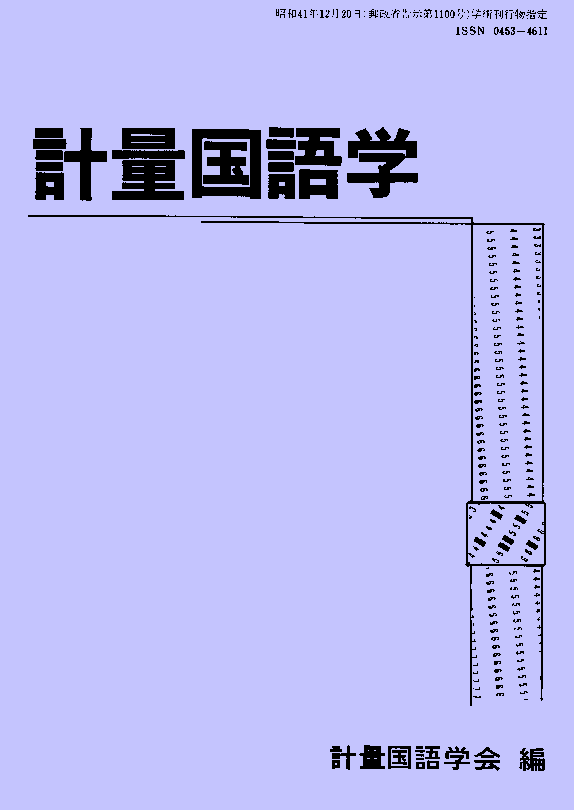Volume 30, Issue 1
Displaying 1-4 of 4 articles from this issue
- |<
- <
- 1
- >
- >|
Report
-
Article type: Report
2015 Volume 30 Issue 1 Pages 1-13
Published: June 25, 2015
Released on J-STAGE: May 01, 2024
Download PDF (1046K) -
Article type: Report
2015 Volume 30 Issue 1 Pages 14-31
Published: June 25, 2015
Released on J-STAGE: May 01, 2024
Download PDF (1516K) -
Article type: Tutorial
2015 Volume 30 Issue 1 Pages 32
Published: June 25, 2015
Released on J-STAGE: May 01, 2024
Download PDF (105K) -
Article type: Tutorial
2015 Volume 30 Issue 1 Pages 33-48
Published: June 25, 2015
Released on J-STAGE: May 01, 2024
Download PDF (1352K)
- |<
- <
- 1
- >
- >|
